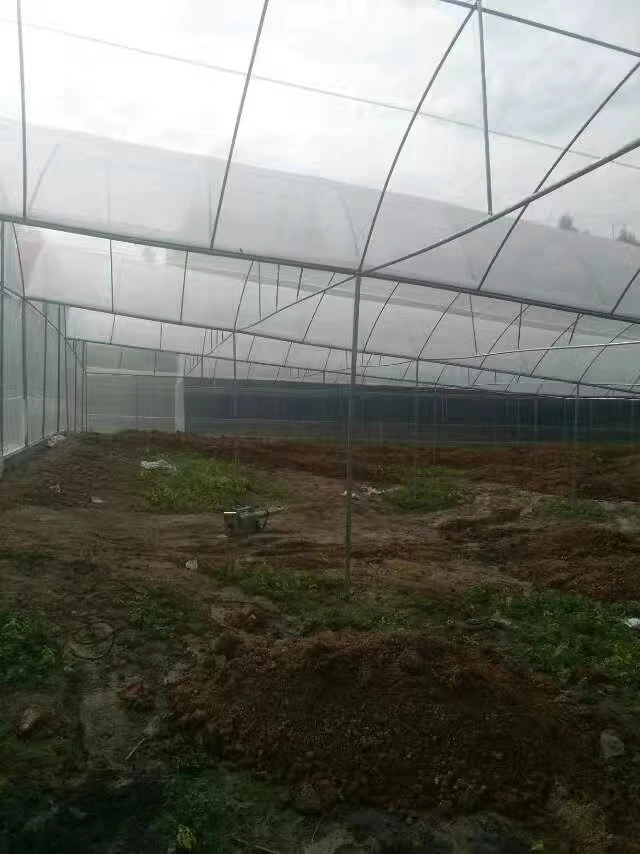-
 Afrikaans
Afrikaans -
 Albanian
Albanian -
 Amharic
Amharic -
 Arabic
Arabic -
 Armenian
Armenian -
 Azerbaijani
Azerbaijani -
 Basque
Basque -
 Belarusian
Belarusian -
 Bengali
Bengali -
 Bosnian
Bosnian -
 Bulgarian
Bulgarian -
 Catalan
Catalan -
 Cebuano
Cebuano -
 China
China -
 Corsican
Corsican -
 Croatian
Croatian -
 Czech
Czech -
 Danish
Danish -
 Dutch
Dutch -
 English
English -
 Esperanto
Esperanto -
 Estonian
Estonian -
 Finnish
Finnish -
 French
French -
 Frisian
Frisian -
 Galician
Galician -
 Georgian
Georgian -
 German
German -
 Greek
Greek -
 Gujarati
Gujarati -
 Haitian Creole
Haitian Creole -
 hausa
hausa -
 hawaiian
hawaiian -
 Hebrew
Hebrew -
 Hindi
Hindi -
 Miao
Miao -
 Hungarian
Hungarian -
 Icelandic
Icelandic -
 igbo
igbo -
 Indonesian
Indonesian -
 irish
irish -
 Italian
Italian -
 Japanese
Japanese -
 Javanese
Javanese -
 Kannada
Kannada -
 kazakh
kazakh -
 Khmer
Khmer -
 Rwandese
Rwandese -
 Korean
Korean -
 Kurdish
Kurdish -
 Kyrgyz
Kyrgyz -
 Lao
Lao -
 Latin
Latin -
 Latvian
Latvian -
 Lithuanian
Lithuanian -
 Luxembourgish
Luxembourgish -
 Macedonian
Macedonian -
 Malgashi
Malgashi -
 Malay
Malay -
 Malayalam
Malayalam -
 Maltese
Maltese -
 Maori
Maori -
 Marathi
Marathi -
 Mongolian
Mongolian -
 Myanmar
Myanmar -
 Nepali
Nepali -
 Norwegian
Norwegian -
 Norwegian
Norwegian -
 Occitan
Occitan -
 Pashto
Pashto -
 Persian
Persian -
 Polish
Polish -
 Portuguese
Portuguese -
 Punjabi
Punjabi -
 Romanian
Romanian -
 Russian
Russian -
 Samoan
Samoan -
 Scottish Gaelic
Scottish Gaelic -
 Serbian
Serbian -
 Sesotho
Sesotho -
 Shona
Shona -
 Sindhi
Sindhi -
 Sinhala
Sinhala -
 Slovak
Slovak -
 Slovenian
Slovenian -
 Somali
Somali -
 Spanish
Spanish -
 Sundanese
Sundanese -
 Swahili
Swahili -
 Swedish
Swedish -
 Tagalog
Tagalog -
 Tajik
Tajik -
 Tamil
Tamil -
 Tatar
Tatar -
 Telugu
Telugu -
 Thai
Thai -
 Turkish
Turkish -
 Turkmen
Turkmen -
 Ukrainian
Ukrainian -
 Urdu
Urdu -
 Uighur
Uighur -
 Uzbek
Uzbek -
 Vietnamese
Vietnamese -
 Welsh
Welsh -
 Bantu
Bantu -
 Yiddish
Yiddish -
 Yoruba
Yoruba -
 Zulu
Zulu
welded steel fabric reinforcement
Welded Steel Fabric Reinforcement An Overview
Welded steel fabric reinforcement, often referred to as wire mesh or welded wire reinforcement (WWR), has become a vital component in the construction and civil engineering industries. This innovative reinforcement method provides several advantages over traditional reinforcement techniques, making it an essential material for modern construction projects.
What is Welded Steel Fabric Reinforcement?
Welded steel fabric reinforcement consists of a lattice of steel wires that are welded together at their intersections. Typically produced in flat sheets or rolls, this reinforcement material can easily be incorporated into concrete structures. The arrangement of the wires forms a grid-like pattern, ensuring uniform distribution of strength throughout the structure.
Benefits of Welded Steel Fabric
1. Strength and Durability One of the primary advantages of using welded steel fabric is its exceptional strength. The welded joints enhance the integrity of the reinforcement, enabling it to withstand significant loads and stresses. This makes it particularly suitable for high-performance applications, including pavements, slabs, and walls.
2. Reduced Labor Costs The prefabrication of welded steel fabric allows for quicker installation compared to traditional rebar placement. With its easy handling and placement, the need for extensive labor is minimized, leading to lower overall construction costs and reduced project timelines.
3. Improved Structural Integrity Welded steel fabric offers superior bonding with concrete. The closely spaced wires create more contact points with the concrete, promoting a composite action that enhances the overall strength and stability of the structure.
welded steel fabric reinforcement

4. Versatility in Design The flexibility of welded steel fabric allows it to be manufactured in various sizes, shapes, and configurations. This versatility makes it suitable for a wide range of applications, from residential buildings to large-scale infrastructure projects like bridges and highways.
5. Consistency in Quality As welded steel fabric is produced in controlled factory conditions, it ensures consistent quality and performance. This reliability is crucial in meeting the stringent standards required in construction and civil engineering.
Applications of Welded Steel Fabric
Welded steel fabric reinforcement is commonly used in a variety of construction applications. These include
- Concrete Slabs Flat surfaces in industrial and commercial buildings often utilize welded wire reinforcement to support heavy loads. - Pavements and Driveways The durability and strength of welded steel fabric make it ideal for use in paved surfaces that must endure vehicular traffic. - Walls and Foundations These structures benefit from the added strength and stability offered by welded steel fabric, reducing the risk of cracking and structural failure. - Precast Concrete Products Many precast elements, such as wall panels and septic tanks, utilize welded wire reinforcement for added strength and durability.
Conclusion
Welded steel fabric reinforcement represents a significant advancement in the field of construction materials. Its combination of strength, durability, and ease of use has made it a preferred choice for engineers and builders alike. As the demand for faster and more efficient construction methods continues to grow, the use of welded steel fabric is likely to increase, contributing to the development of safer and more resilient structures. Whether in residential buildings or large infrastructure projects, the benefits of welded steel fabric reinforcement continue to prove invaluable in today's construction landscape.
-
Shipping Plastic Bags for Every NeedNewsJul.24,2025
-
Safety Netting: Your Shield in ConstructionNewsJul.24,2025
-
Plastic Mesh Netting for Everyday UseNewsJul.24,2025
-
Nylon Netting for Every UseNewsJul.24,2025
-
Mesh Breeder Box for Fish TanksNewsJul.24,2025
-
Expanded Steel Mesh Offers Durable VersatilityNewsJul.24,2025











